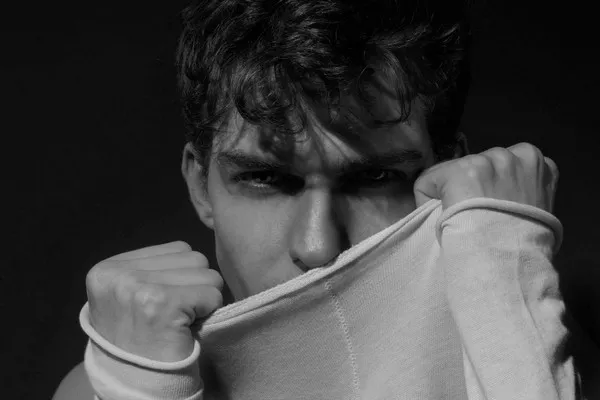The push for greater studio capacity and more ambitious large-scale facilities – both in the Paris region and across the country – is a key element of the France 2030 plan.
As it stands, France is on track to offer more than two dozen studios by 2024, with flagship developments including TSF’s Backlot 77. This sprawling facility, built on the site of a former airbase 38 miles east of Paris, will feature Parisian street facades and a series of stand-alone sets representing different neighbourhoods and architectural styles.
The backlot will go live next summer, just weeks before the Summer Olympics showcase one side of Paris to the world while curtailing production in other (often iconic) parts of the city. The timing has not gone unnoticed by Film Paris Region, the city’s film commission, and its national counterpart, Film France, who will propose the ersatz capital as one of many solutions when certain areas of Paris face a production crisis between June and September.
“The Games are a great opportunity for us to showcase our entire ecosystem, to put the whole country in the spotlight [and] to send the message that all of France is open for filming,” says Daphné Lora, head of Film France.
Closer to the capital, Montjoie Studios is currently transforming a site on the outskirts of the city into a full-scale
Parisian apartment block. Featuring a Haussmannian exterior, working lifts, servants’ quarters and a full 2690 sq ft apartment, the production complex should ease congestion in the densely populated city long after the Olympic flames have flickered out. Other studios around the country already boast hospital, mansion, prison and police station interiors, while facilities such as Dark Matters outside Paris and Provence Studios near Marseille have invested in virtual sets.
The home of The Serpent Queen and The Nun II, Provence Studios in Martigues also boasts a number of sound stages, a backlot and will open a new 3500 square metre facility next year. Hoping to attract the attention of Paris-based producers and lure them to warmer climes, the Occitanie Film Commission has recently launched an initiative called “Un air de Paris” (best translated as “A touch of Paris”). Accessible via a web portal of the same name, the plan offers a portfolio of Paris-like locations in and around the southern French cities of Montpellier and Sète.
“We can find solutions in the south of France,” says Marin Rosenstiehl, head of the Occitanie Film Commission. “We’re not going to rebuild the entire Champs-Elysées, but if you have a couple chatting on a terrace, we can shoot here and then complete the picture with VFX at a lower cost. We’re in the film business – that means our business is illusion.
Last year, the Occitanie Commission welcomed the Netflix series “All the Light We Cannot See”, which recreates the 1944 liberation of Saint Malo in a medieval, landlocked village some 530 miles away. A few months later, the region welcomed AMC’s Monsieur Spade for a 10-day shoot. Instead, the production ended up staying for three months, filming much of the series in picturesque locations and relying on France Television’s V studio in nearby Vendargues, using central Montpellier as a base camp.
The experience reflected and refined the wider industry goal of creating full-service production hubs throughout the country. In Occitanie, both V Studio and Montpellier-based Pics Studio have received support from France 2030 and have ambitious expansion plans, while the local VFX industry continues to flourish as houses such as The Yard also open local offices.
Combined with the natural locations that make the South of France a perennial destination and Montpellier’s urban capacity to house large crews, Rosenstiehl hopes that by luring international projects with a Parisian vibe, his region can convince them to stay.























